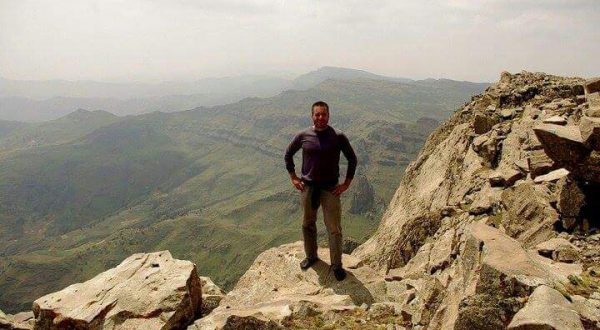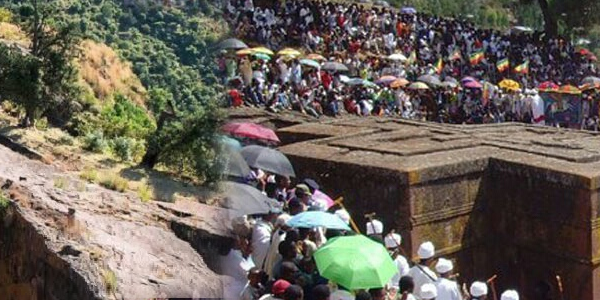One of eleven monolithic churches in Lalibela, a city in the Amhara Region of Ethiopia.
Young Lalibela Trekking Association is a recently established tour operator in Lalibela (Ethiopia), consisting of some 20 young people. With start-up support from the municipality we offer customized and tailor-made tour packages designed according to our clients’ needs. Our specialty is guiding and accommodating trekking tours in the beautiful surroundings of Lalibela, where we were born and raised. But we can organize any tailor-made tour you wish. We work closely together with most of the hotels, guesthouses and other tour companies in Lalibela.

Walking the Basalt Mountains
Mount Abune Yousef 4300m (3rd Highest Peak in Ethiopia) The third highest peak in Ethiopia, Abune Yousef Massif offers visitors stunning views and wildlife viewing opportunities. During the treks and around Abune Yousef, visitors can see an impressive array of
Read more
Lalibela – Town and Vicinity trip (6 days)
Lalibela The town of Lalibela was originally known as Roha. It was renamed after the 12th-century King Lalibela, who commissioned these extraordinary churches. Lalibela was a member of the Zagwe dynasty, which had seized the Ethiopian throne around 1000 AD.
Read more
About us
Young Lalibela Trekking Association is a recently established tour operator in Lalibela (Ethiopia), consisting of some 20 young people. With start-up support from the municipality we offer customized and tailor-made tour packages designed according to our clients’ needs. Our specialty
Read more


